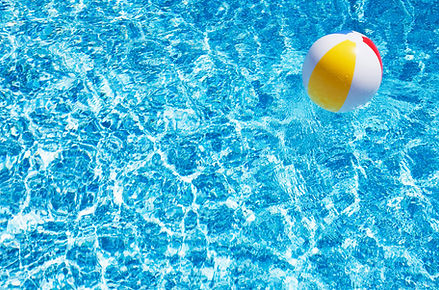If you find this site helpful, support it here via Paypal.
Any amounts help!

.jpg)
Thank You!
.jpg)
.jpg)

Pool Size Calculator
Several notable MEP components in a swimming pool design include the pool volume, pump, filter, balancing tank and make-up water tank.
Pool Volume
Volume of the pool is the key to determining the pump flowrate and filter size. It can be estimated via the equations below.


Pump Flowrate
The pool’s pump flowrate depends on the volume of pool, and the turnover rate of the pool, i.e. how fast we want the pool’s water to be cycled through the pumping & filtration system. The pump flowrate can be represented by the equation below.

A safe turnover rate for a standard pool is 6 hours. However, others may adopt designs up to 10 hours or 12 hours of turnover.
Filter Area
Filter size depends on the flowrate of water across the filter (which can be taken as the flowrate of the pump), and the face velocity of filter. Depending on the class and type of filter, the face velocity of a filter can be found in filter specification, usually in the unit of igpm/sqft, meter per hour, or feet per minute.

Balance Tank
A balance tank is used in pools that do not use skimmer boxes. Its primary use is for the storage of excess water generated from the displacement of swimmers’ bodies. A pool with a balance tank maintains a constant depth regardless there are how many people in the pool.
A general rule of thumb is to take 10% of the total volume of pool as the volume of our balance tank.

Make-up Water Tank
Make-up tank is required for a pool to make-up water loss from evaporation and drifting. It depends on the number of storage days, flowrate of pool and rate of water loss. We can take the rate of water loss to be around 2 – 5%, with higher make-up required for higher rate of water loss.

